How to feed and encourage birds naturally in gardens
Creating long lived habitat and plant communities for birds to thrive

In my book A Greener Life I wrote about my preference for growing food for birds in gardens I design rather than artificially feeding them with bought feed. To me this has always felt like the best way of helping any wildlife, to establish a longterm self-sustaining habitat as in the wild, rather than short term fixes. I was also concerned that bird feeding lures birds out into the open, making them more visible to us, but also to predators - giving cats in the UK an unfair rep, when it is in fact us, messing with ecosystems and reducing habitat that is the problem (I’ve written about the solution to balancing pets and wildlife here).
When we moved to Yorkshire we faced the problem of bird flu, everyone was talking about locking chickens in, I was surprised no one at all was mentioning what was obvious to me: bird feeders are a hot spot for spreading disease. Up until I highlighted this on social media, every gardening and wildlife website, book and magazine had been pushing the importance of supplementing bird food artificially with feeders. I’m delighted to see the Wild Way changed the narrative on feeding birds entirely, many today follow this approach.
It’s not to say that feeding birds with feeders is bad, people can mitigate disease by cleaning feeders regularly. Feeders help people see birds more easily, and for children and those less mobile, this can be really important. But we should reflect on what birds do in the wild and replicate that where possible. Multiple bird species - at least in the UK - rarely congregate in mass numbers day-in, day-out around one single feeding spot where droppings can spread disease rapidly. As with most things in life, the most radical solution is meeting somewhere in middle.
1) Grow plants that produce easily accessed seeds
Dandelion, knapweed, teasel - any flower that holds its seeds prominently with a sturdy stem or is easily accessed from another plant or the ground. Dandelion seeds don’t last long in our garden because various finch species devour them.
Some exotic species also work, for instance birds eat all of our Echinops seeds in early autumn. We rarely have a chance to admire those seedheads, which is fine with me, I’d rather the birds use them. Other plants I’ve noticed birds feed from are most in the scabious family, or scabious like plants. And many umbellifers.
2) Attract moths, butterflies, flies and other insects
I love moths and all insects, which makes it feel wrong that I also want them to be bird food, but that’s all part of a healthy ecosystem! Moths in particular are unfairly feared, they are completely harmless and generally fluffy and clumsy. They are also an important food source for birds and bats.
Other gardening websites, books and magazines have been focussed on flowers for pollinators, which are important of course, but this overlooks something just as, or probably more important: food sources for their caterpillars and larvae. Gardens have an abundance of flowers, they could just do with more larval food sources.
Wild grasses such as festucas and deschampsia are really important for many moth and butterfly caterpillars. You can grow these by simply leaving a wild patch somewhere. In urban gardens, where seeds will be missing, it is worth buying in some wild meadow grass seed from local wildflower seed providers (search online for “wild flower seeds” with your county or area). Or collecting seeds locally nearby.
Nettles are eaten by a lot of insect larvae, so it is helpful having them, but they aren’t essential. The best thing you can do is have a more relaxed approach to wildflowers (as explained in my book Wild about Weeds) and increase the diversity of plants - basically, grow lots of different plants!
It goes without saying not to use pesticides. Every time we kill insects it reduces food for birds. Even tiny aphids are essential for wrens, robins, tits - they all stalk shrubs and trees in spring gobbling aphids by their thousand. Spiders are an essential bird food source too, I know they can be a little scary sometimes, but they are wonderful animals.
3) Work with neighbours and your local community to increase nesting and food producing habitat
On our farm we’re lucky previous owners focussed on introducing lots of hedges, primarily of wild trees and shrubs. Birds love our farm because of the natural ecosystems here but they primarily feel comfortable because of the mix of low-ish trees in the form of dense hedges where they can nest alongside open expanses of lawn, garden and field to look for food and water. Safe nesting next to an insect rich open space makes raising chicks easier.
In our gardens we can all do a bit to grow shrubs and trees to clip and maintain as hedges, creating perfect nesting habitat. Birds especially like spiky plants such as blackthorn (sloe) and hawthorn, they protect from corvids and woodpeckers eating chicks. Evergreen holly offers shelter in winter. All of these plants, as well as wild crab apple, rowan, guelder rose and elderflower produce food that birds will eat across the months of autumn and early winter, ripening at different times.
If we do this in a collaborative way with neighbours, we can increase habitat across larger areas of our gardens. Something I would love to see more of in urban areas in particular. Our old garden in Clapham, London was part of a long run of tiny back gardens that birds saw and used as one single larger habitat. We all grew lots of ornamental plants, and we had some wild trees, but the whole community could have done so much more to help birds if we had worked together.
Out in the country, introducing hedgerows and using some of these bird supporting species is important. According to the RSPB, 118,000 miles of bird supporting hedgerows in the UK have been lost to industrial farming in the last 70 years.
4) Provide large and multiple water sources
All life needs water, and ponds have been declining in UK farmland due to intensified agriculture. They make a fantastic garden addition, I’ve explained how to make one easily in this garden design guide pond lesson. Essentially, make as large a pond as your garden can fit, though a small pond 60cm wide is brilliant too.
Make it easy for birds to drink from, ideally with a sloping side into the water like a beach, and if you have room, for them to bath in too. If you find lots of birds are all drinking from your small pond, consider adding other water sources for the same reason as feeders, to reduce the potential for disease spread. Or encourage other neighbours to install ponds too.
The other benefit of a healthy pond, is that I’ve seen a grey heron perched on our pond’s banks looking out for a frog to eat.
5) Open spaces and mixed habitat
You’ll notice our garden is a mix of habitat, from taller trees, the mixed hedges, lower shrubs, dense perennial and annual planting, that gets denser in summer, and the low flowerful* grassland of the lawn path (* can we ask the Oxford Dictionary to make flowerful a new word of the year?)
All of these habitats are important for birds. Some prefer one habitat to another, most use all of them for different reasons. From finding grubs that prefer living in short grass or bare soil, to rummaging around in the cover of larger plants.
6) Keep fallen leaves and don’t cut back til spring
Another time the Wild Way changed gardening advice forever was with this article on leaving leaf cover where it falls. Up until then, every website, book and magazine was advising removing it, mainly to reduce slug, snail and fungus populations. Which, as I pointed out, is exactly the opposite of what we should be doing!
Again, thankfully, everyone is now following the wild way advice, to keep leaf cover and debris. Often people would say to make leaf mould out of it, a nutritious light compost, which is great and worth doing - but try to leave enough for your ecosystem.
In the wild, leaves fall, decompose or are eaten by insects, bacteria and fungi. The waste product of this process is nutrient rich humus that is accessible by plants, completing the cycle of sustainable growth every year. The Wild Way is all about replicating these natural processes, feeding our gardens naturally. For birds, this means the fallen leaf layer is full of food, from worms to all sorts of insects, plus spiders, slugs and snails.
7) Nesting boxes and stepping in when we need to
As you’ll gather from the nature of this article, my aim with the wild way is to find methods of supporting birds as they live in the wild. Nurturing habitats that support their natural existence, habitats that will hopefully continue long after I cease to exist.
That doesn’t mean leaving them to fend for themselves if that habitat isn’t right, however. Adding bird boxes can be helpful if the natural nesting habitat doesn’t exist. We have a few boxes for blue and great tits, and an owl box because we don’t have any natural cavities for owls to nest in - our trees are all too young.
If your garden and area doesn’t have an enough natural food sources, you may have to artificially feed until it is growing.
8) Birds of prey
A final note on these apex predators, the birds of prey. By following the advice in this and other Wild Way articles, we are also encouraging the right habitats for birds of prey - they need a lot of other animals to sustain them. From mice and voles especially, to smaller birds and larger moths and butterfly. Once you spot a bird of prey hovering around your garden, that’s when you know your garden ecosystem is truly wild.


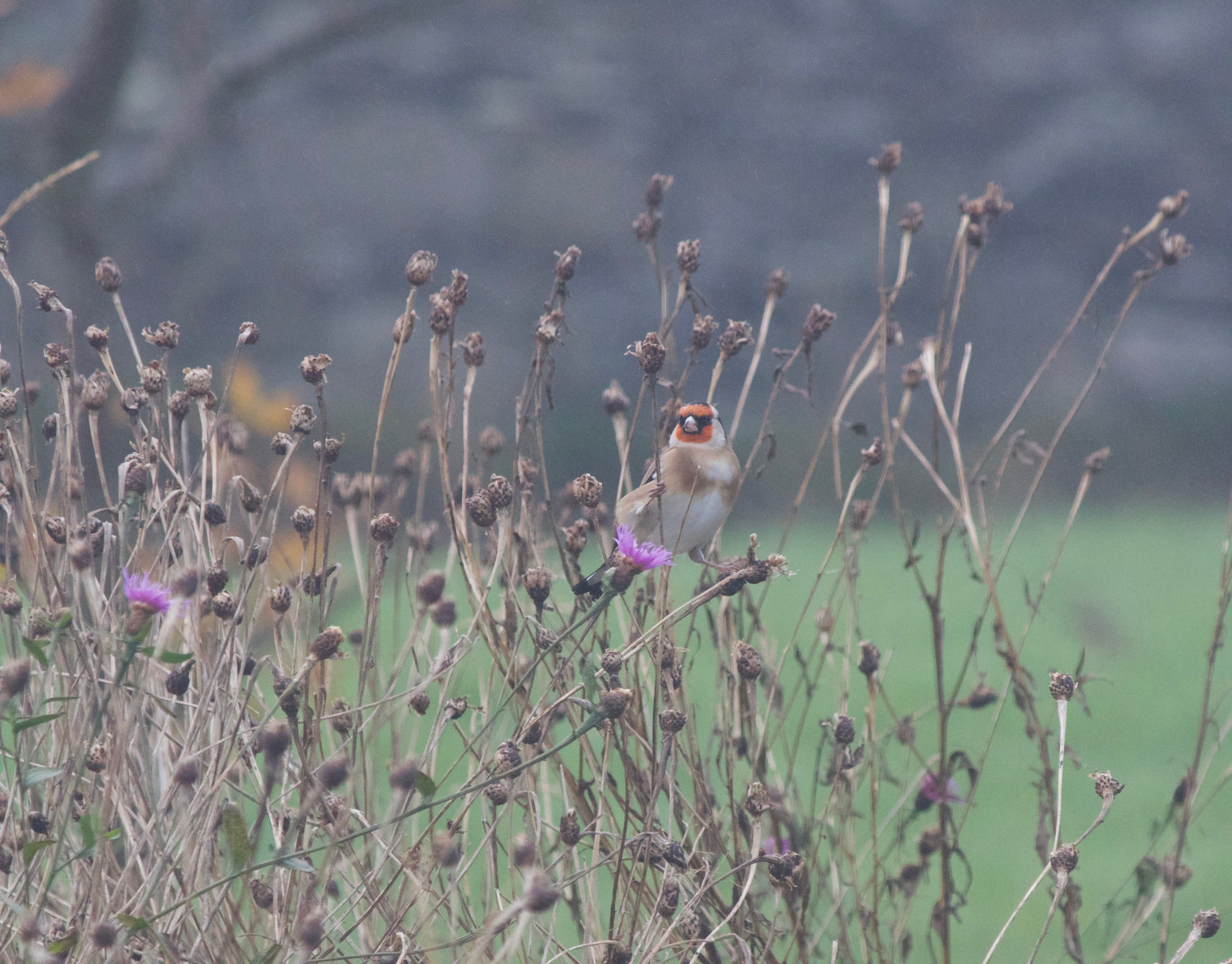
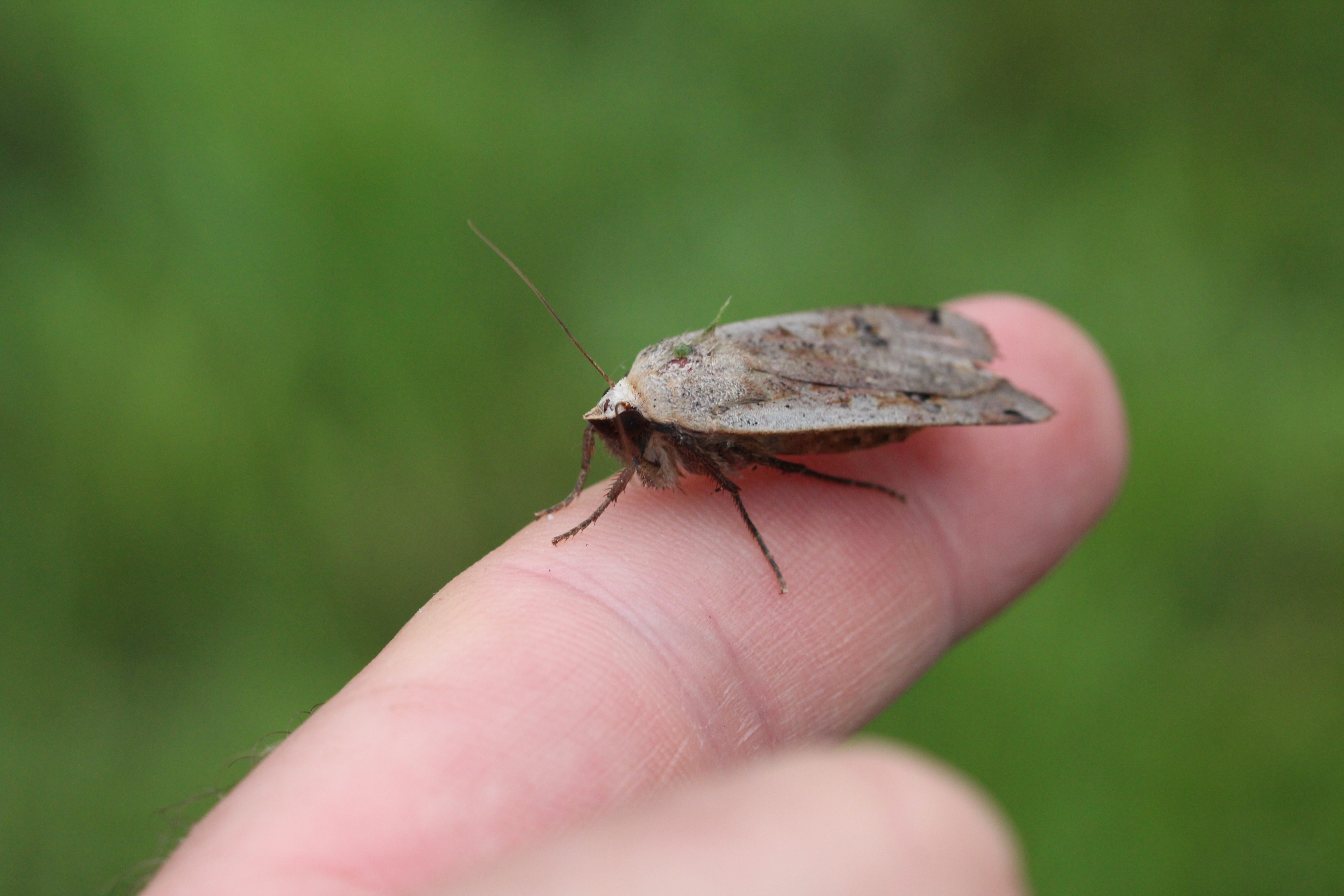
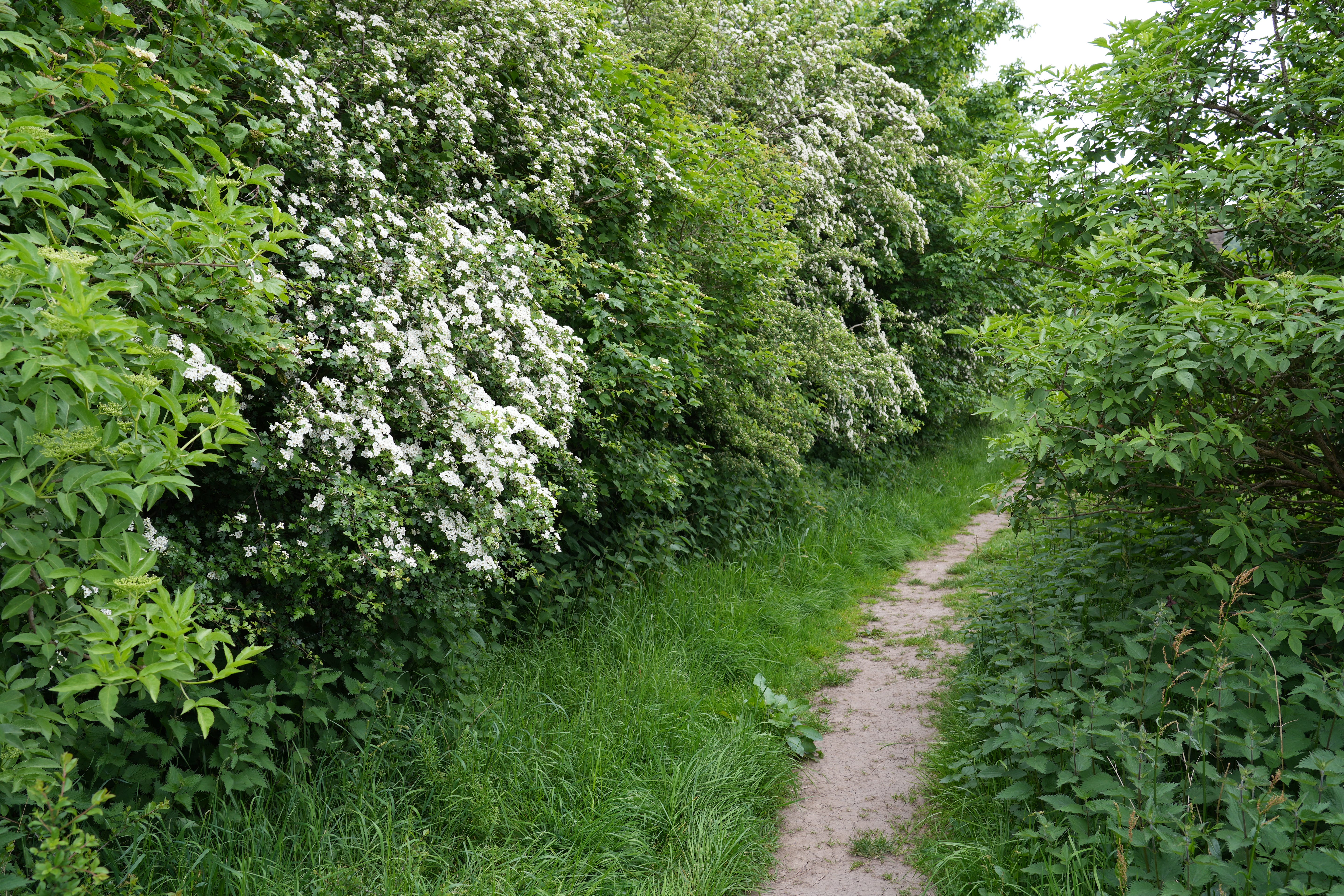

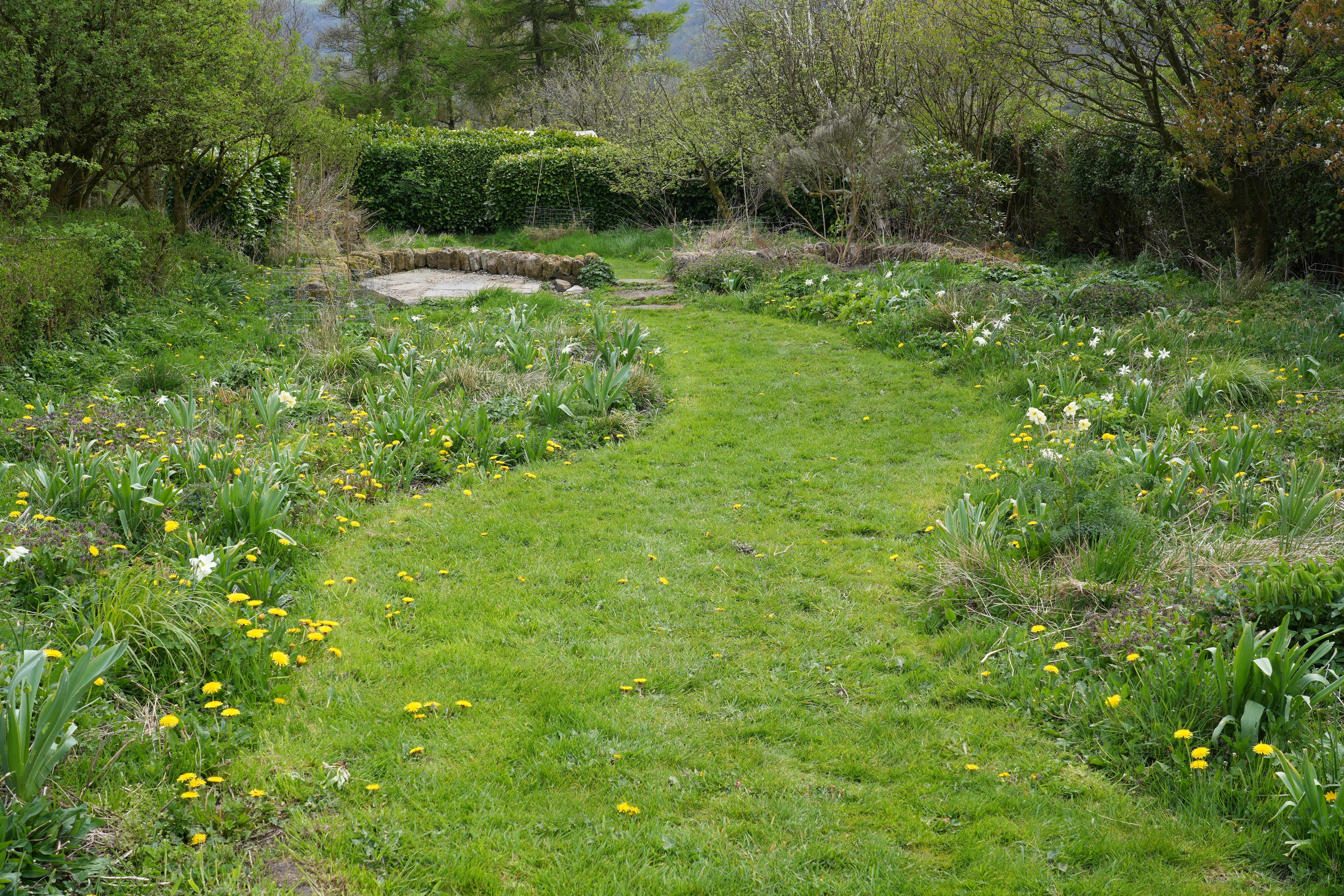


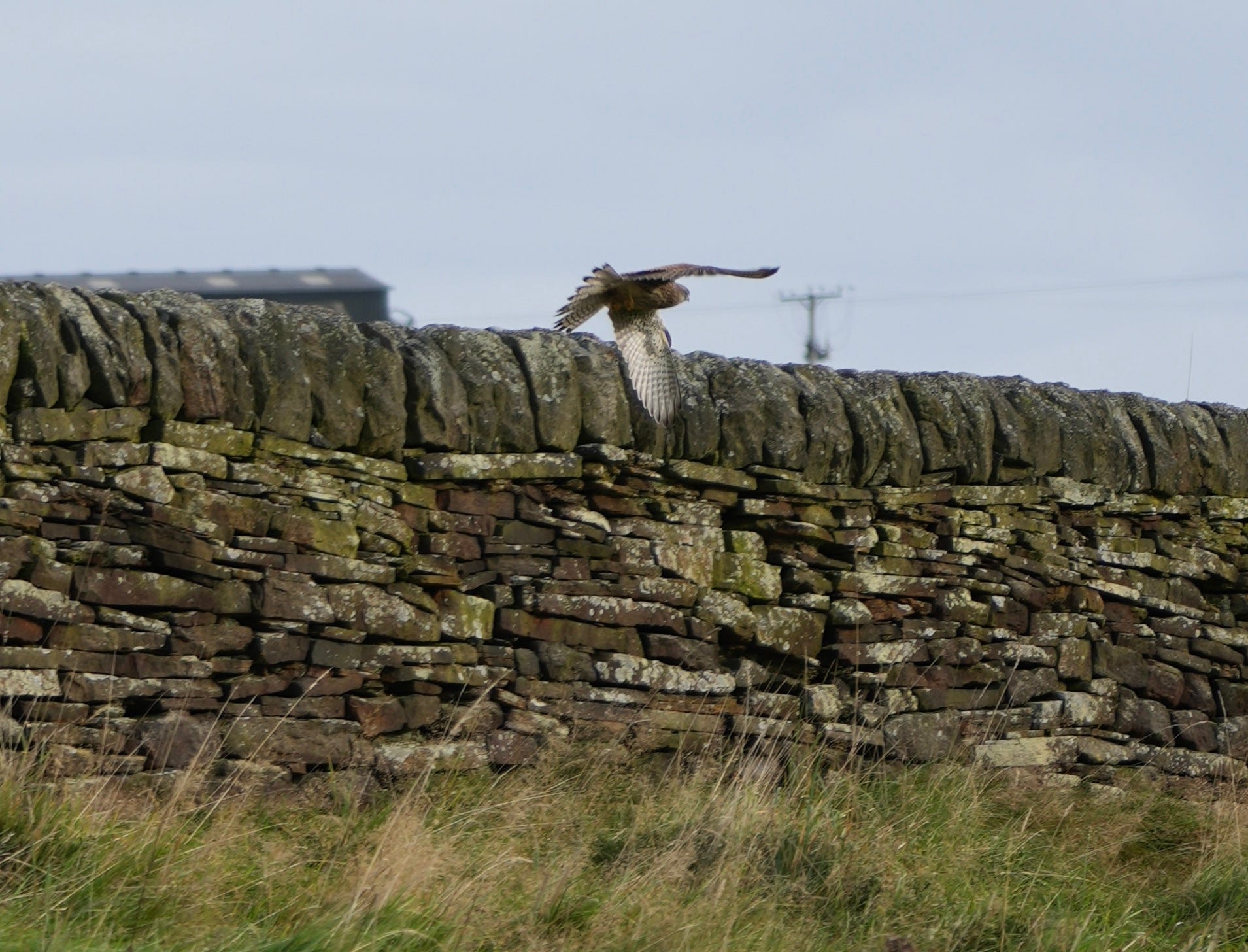

I do use feeders, I go over and back about whether this is truly beneficial or if I'm just doing it for my own gratification, but on balance I think our suburban environment is so nature depleted that the birds need a bit of help. We do provide natural sources of food through leaving seedheads and all of that which the birds do use, but it's hard in a garden our size to provide a lot, and we're really the only garden in our estate that is not either paved over or denuded of anything except lawn grass. In the summertime we see very few birds, it's depressing really.
Great advice. I stopped feeding birds a few years ago (mainly as the cleaning advice was getting stronger and I am lazy!). Whilst I do miss the daily flocks of finches and tits it is such a thrill to have goldfinches on the teasels or flocks of tits gleaning through the silver birch. I sometimes think I garden for invertebrates and the larger animals are the bonus that follow them.